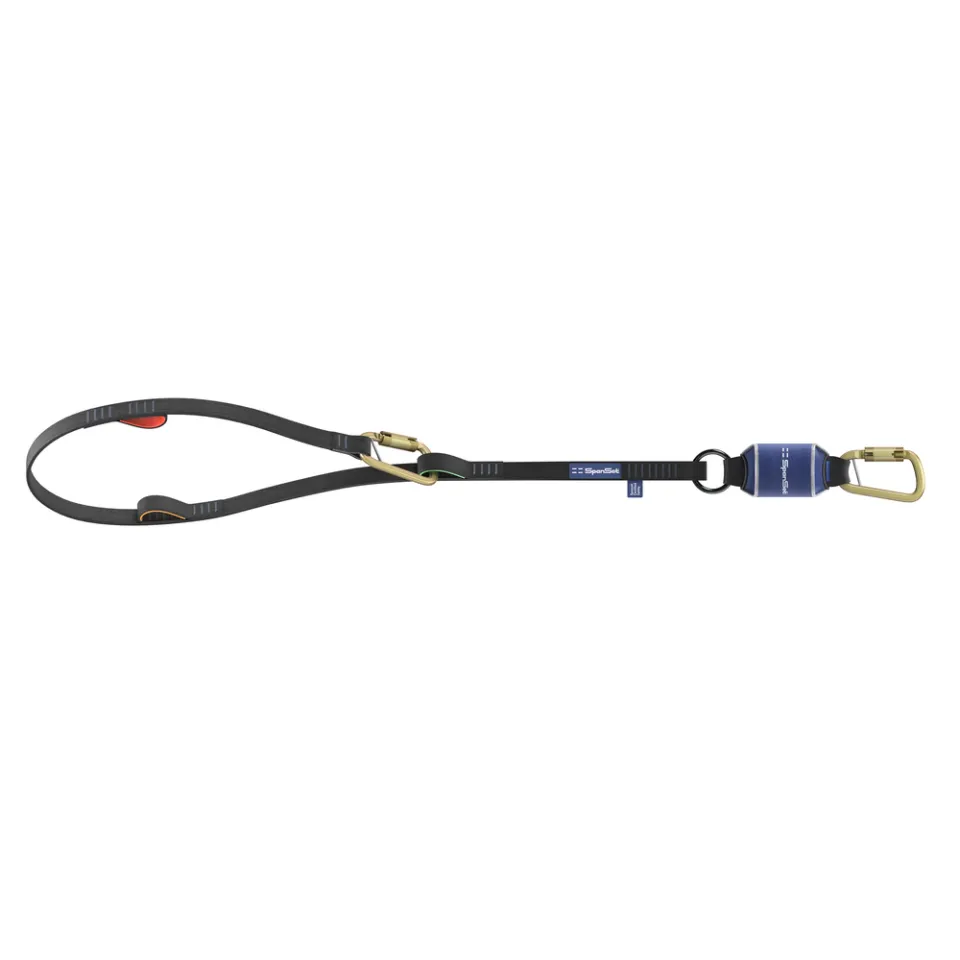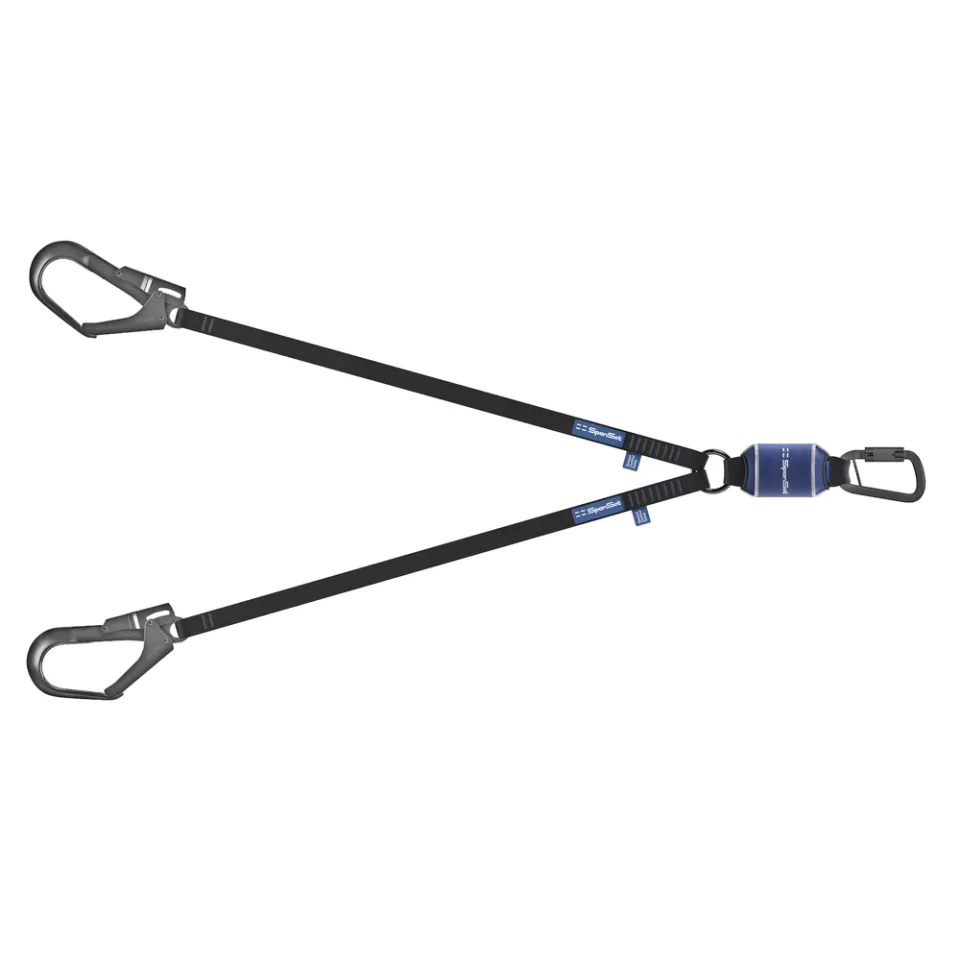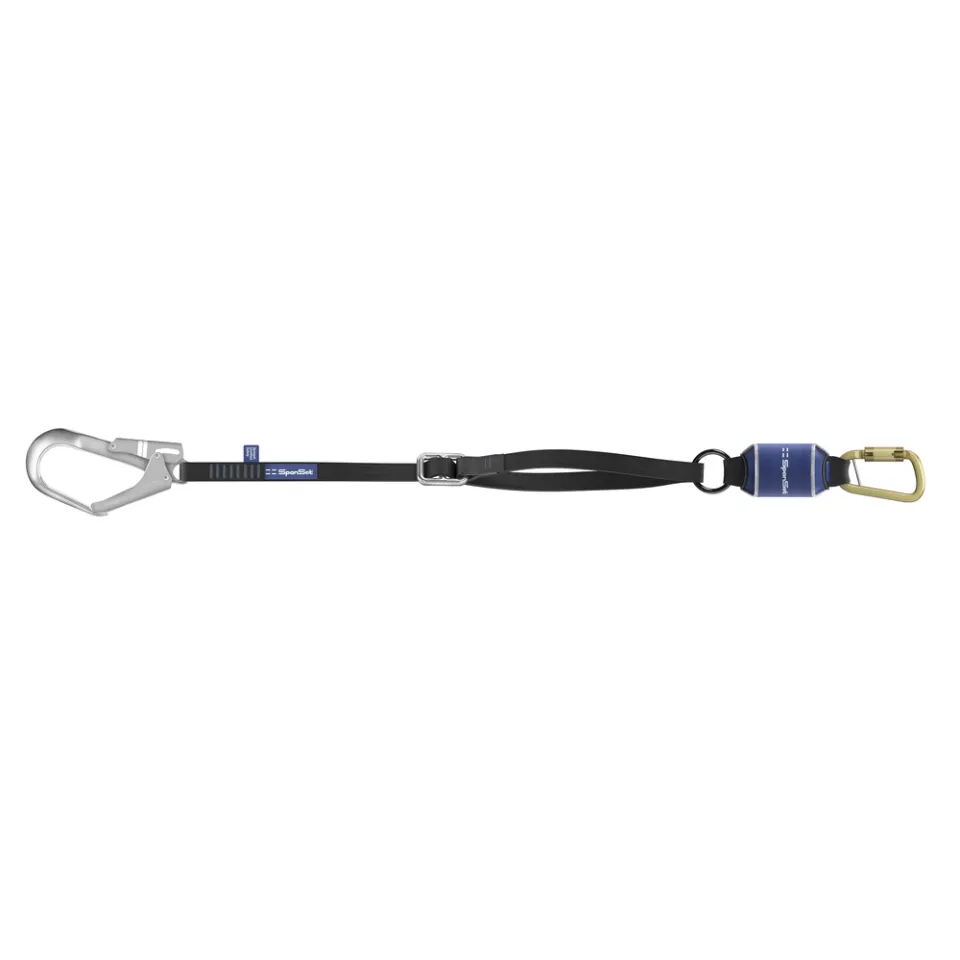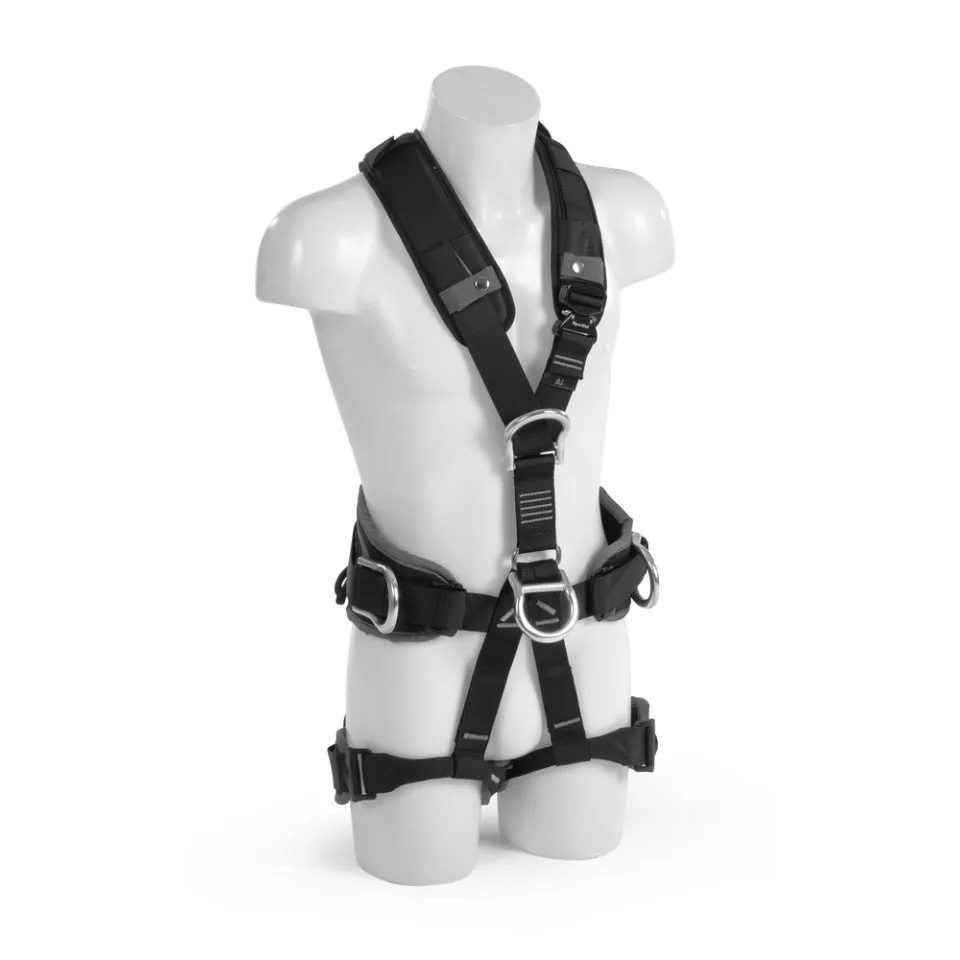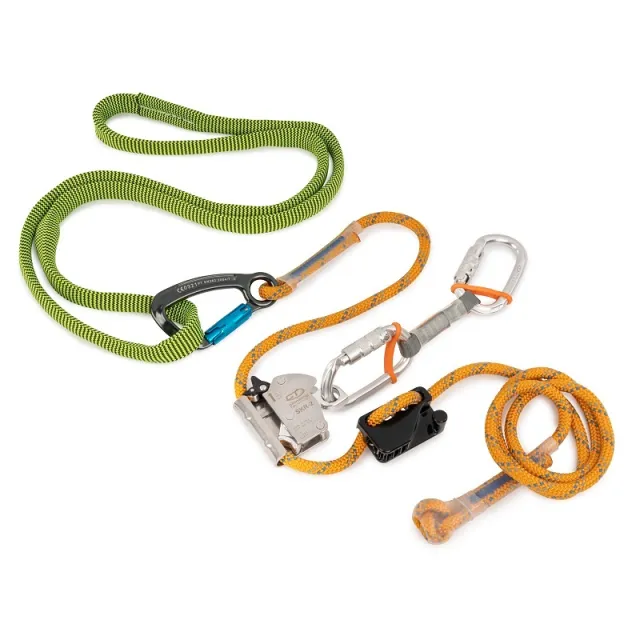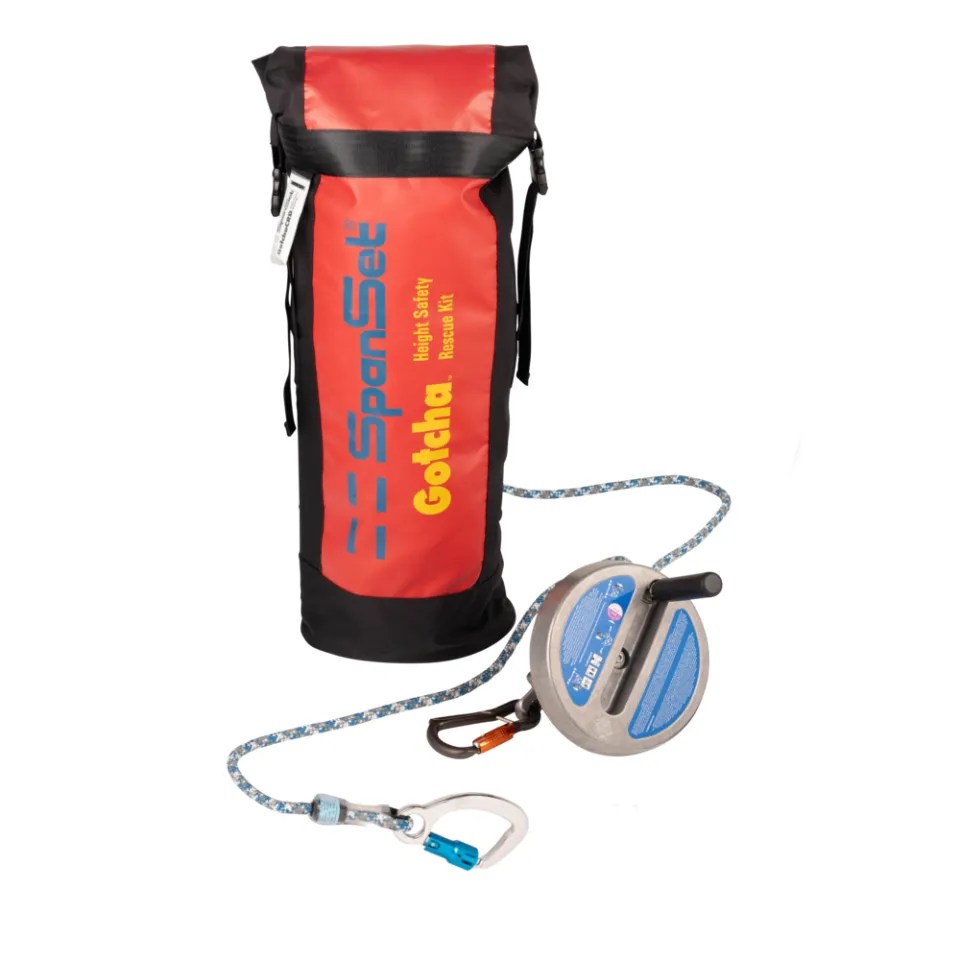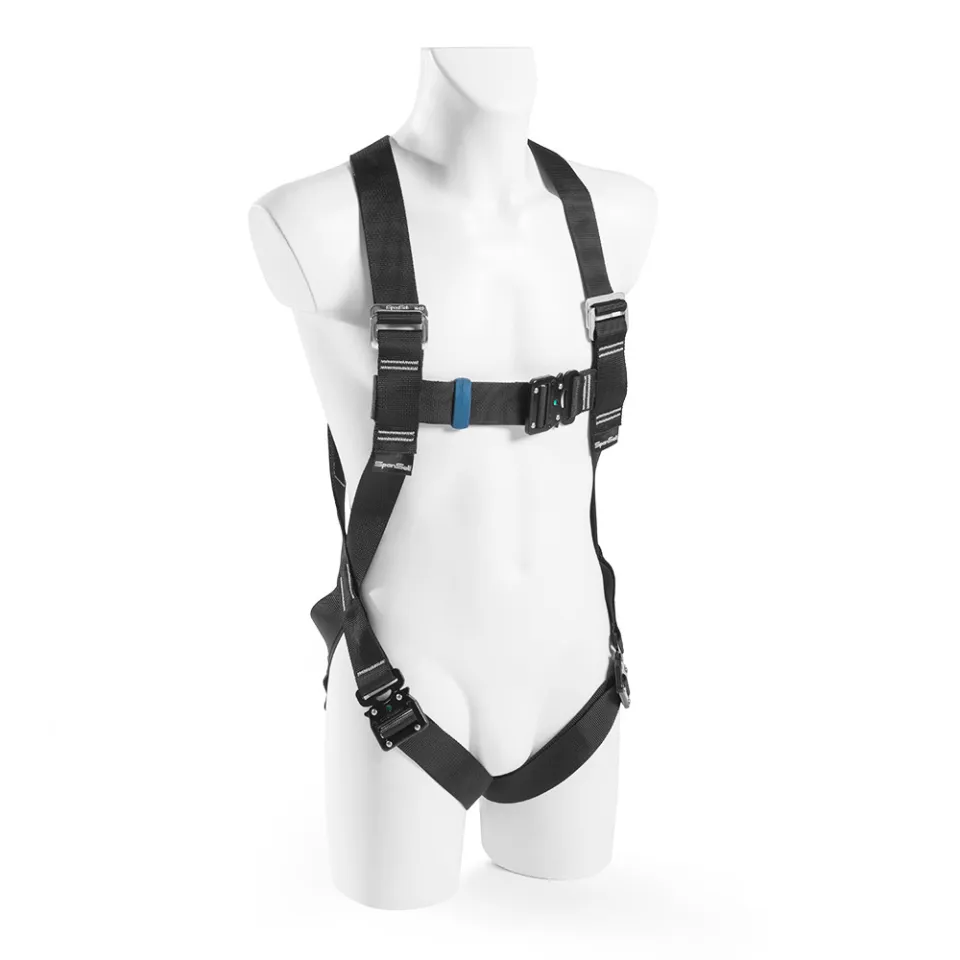BLOG
Working Safely at Height
Legislation and Responsibility
Working at height involves risks, which is why strict rules and legislation exist in the Netherlands to ensure the safety of workers. In this blog post, we discuss the key laws and regulations concerning working at height and offer practical tips for staying safe.
What Does the Law Say?
The rules for working at height in the Netherlands are laid out in the Working Conditions Act (Arbowet) and the associated Working Conditions Regulations (Arbobesluit). These state that employers are required to provide a safe working environment and minimize risks as much as possible. The most important provisions include:
- Risk Inventory and Evaluation (RI&E): Employers must identify the risks of working at height and take appropriate measures to minimize them.
- Preference for Collective Measures: Scaffolding, fixed work platforms, or safety nets are preferred over personal protective equipment.
- Personal Protective Equipment (PPE): When collective measures are not feasible, the employer must provide safe PPE, such as a safety harness and lanyards.
- Training and Instruction: Employees must receive proper training and information on safe work practices at height.
- Regular Inspections: Equipment such as ladders, scaffolding, and fall protection systems must be regularly inspected and maintained.
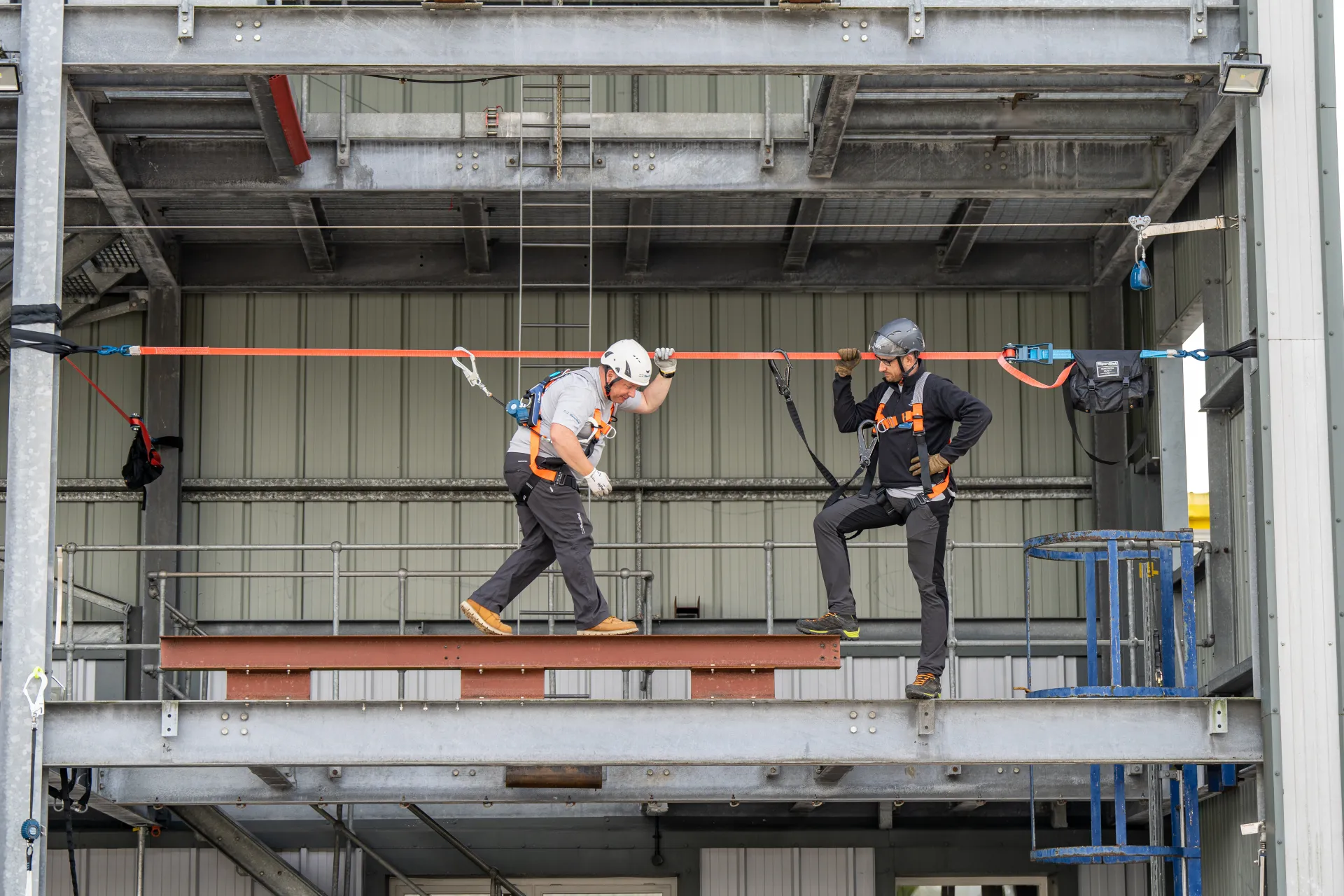
When Does the Legislation Apply?
The regulations apply to all work activities carried out at a height of 2.5 meters or more. This includes tasks on roofs, scaffolding, aerial work platforms, or ladders. Even below 2.5 meters, the Working Conditions Act still applies if there is an increased risk of falling—for example, when working above water or near open installations.
Responsibilities of Employers and Employees
- Employers: Must ensure that employees can work safely by providing the right equipment and clear instructions.
- Employees: Are required to follow safety regulations and use the provided protective equipment correctly.
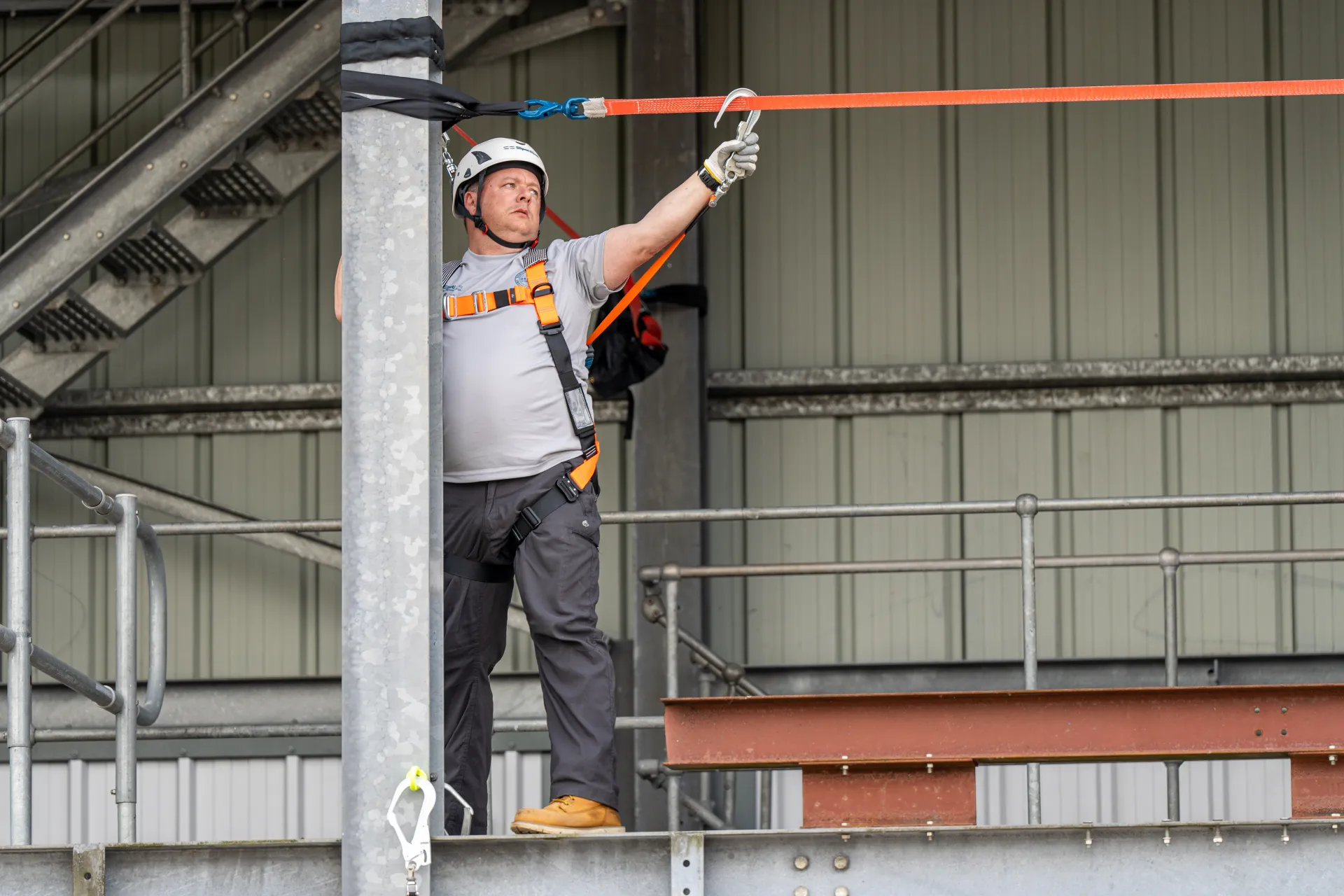
Practical Tips for Working Safely at Height
- Always use the right equipment – Make sure that scaffolds, ladders, and fall protection gear meet legal standards and are well maintained. Use the appropriate equipment for your specific situation—every scenario is different.
- Don’t work without proper training – Ensure that everyone working at height has received suitable training.
- Check weather conditions – Do not work at height in high winds, rain, or slippery conditions.
- Ensure clear communication – Use a buddy system and make clear arrangements to reduce risks.
- Avoid unnecessary risks – If a situation feels unsafe, stop working and report it to a supervisor.
Conclusion
Working at height carries risks, but legislation and proper safety measures can significantly reduce the dangers. Employers and employees share the responsibility of creating a safe working environment. By complying with regulations and taking the right precautions, accidents at height can be prevented.
Want to know more about working safely at height? Visit the website of the Netherlands Labour Inspectorate or contact SpanSet Netherlands for information, advice, training, or the purchase of the appropriate safety equipment.
